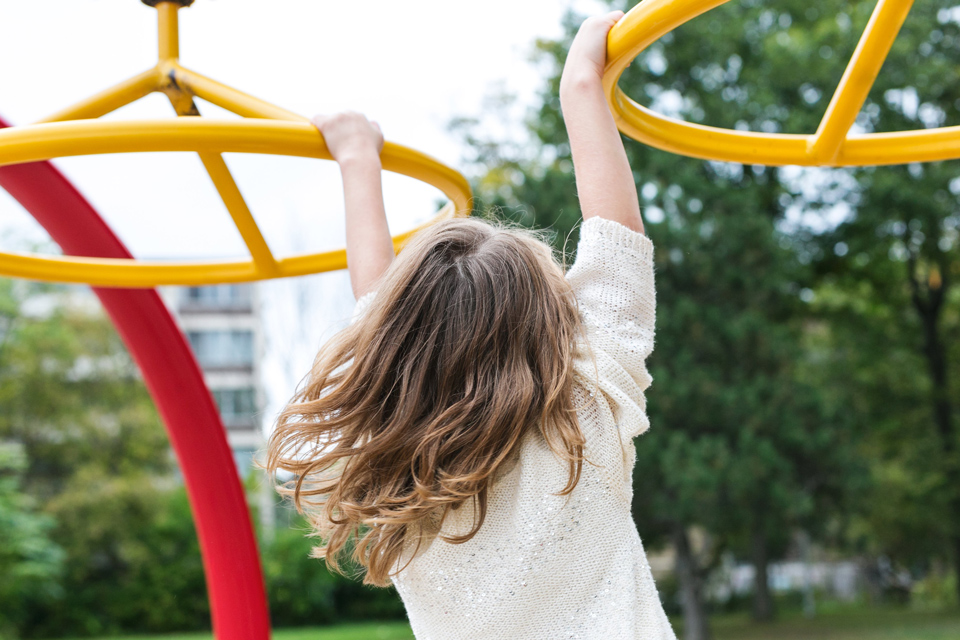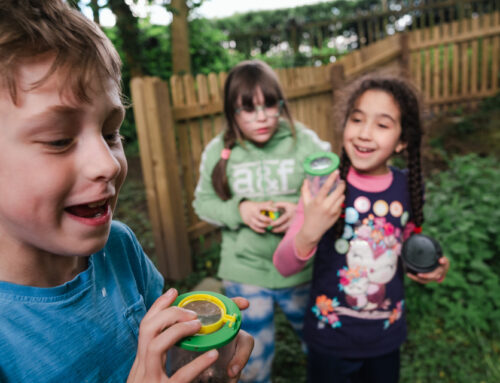In this occasional series by Paediatric Occupational Therapist Mariza Ferreira, we consider some of the sensory, motor coordination and emotional regulatory issues which could be affecting children with high learning potential.
Dear Teacher,
I trust that you have not just survived the first “proper term” since covid changed all our lives, but that you are thriving and enjoying what you do despite the heavy pressures you are under. I also hope that what I have to say in this month’s blog will help make your job just that little bit easier. Especially on the days when you wish you actually HAD the energy levels of the “jigglers” in your class.
A few years ago I went into London to assess a Year 4 girl called *Katy in her school environment who had previously been assessed by Potential Plus UK as having high learning potential (gifted). However, she was not reaching her full potential academically and her parents were advised to look into whether this was due to sensory processing disorder. From working with her and observing her in class and on the playground with her friends, it was quite clear that she was physically much more “on the go” than her peers. When I asked her how she would describe herself, she replied with,
“Well, in my friend’s words, ‘Katy is a jiggler’”!
I had to go and look up the word and jiggler or jiggly means being “unsteady or moving in little, fast movements.” Yes, that seemed about right. But what you need to understand is that Katy’s need to move so much was not because she was trying to be obnoxious or deliberately distracting to others. It was in response to her neurological system’s need to get as much movement as possible in order to feel “just right” for the tasks she had to do every day.
I firmly believe that children have a fundamental need to ‘fit in’ and ‘be good’, and in this case that meant that Katy knew that her jack-in-the-box behaviours were ‘out of line’ so, she found ways to mask it. One of these masking behaviours was that Katy got up constantly from her seat to ask questions at the teacher’s desk, although she knew the answers.
The sense of movement and balance is one of the hidden internal senses, and it involves the vestibular sensory system. It is the ability to correctly perceive head movements in relation to gravity through receptors that are located in the inner ear, and to have an appropriate action in response. It tells you whether or not you are moving, how quickly, and in what direction. It plays an important role in head control and eye gaze, and regulating muscle tone, posture, balance, bilateral integration and alertness levels. (Some children need less vestibular sensory stimulation to feel alert, and some a lot more). By processing vestibular information correctly a child feels secure during movement, which helps him to develop both physical and emotional core stability.
So, for the “jigglers” in your class who need a lot more vestibular stimulation, here are my top tips to help not just them, but you:
Top Tip One
Trying to get children like Katy to sit still, will just aggravate the problem and may result in aggressive behaviours. Therefore, give them the opportunity to move as much as is possible and practical during the day. Katy’s class was on the top level of the school building, so Katy’s teacher allowed her to run up and down the flights of stairs during the day when she asked permission. Other ways to get kids to move is to send them on errands for you or to get the whole class to do 10 jumping jacks on the spot before a lesson. In one school I worked with, the early years teacher placed a tunnel at the front door for kids to crawl through in order to get into class. It worked a treat!
Top Tip Two
Speak to the child’s parents to find out whether they have a good mix of physical activities to participate in outside of school time. If not, suggest some easy and (where possible) low cost activities that will give the child the daily dose of physical movement his body craves. I like suggesting walking or biking to school instead of driving, and going to parks that have zip wires and climbing frames. Sports are also great, such as rock climbing, running or playing tennis.
Top Tip Three
You may recognise this tip from my previous blog about helping children with handwriting difficulties, but it is also a really important one to help the jigglers. Remember, the vestibular sensory system has a lot to do with regulating a person’s posture, so we need to give it all the help we can.
Make sure that the table and chair a child sits at is suitable for his height, in order for him to obtain and maintain a stable seated posture for writing. Postural stability, in other words the ability to ‘control your body against gravity’, is the body’s second highest priority after breathing. As a guide, when seated at a table, a child should be positioned with his or her feet flat on the floor, and with the chair being of the correct height to allow 90-degree angles at the child’s ankles, knees and hips. Furthermore, the table surface should be approximately 5cm higher than the child’s forearm, when the child’s arm is bent 90 degrees at the elbow.
I am fully aware that when it comes to school furniture, it is a ‘one size fits all’ scenario. But you can be very creative with old books under a child’s feet or using an adjustable bath step (https://www.completecareshop.co.uk/bathroom-aids/bath-steps/adjustable-bath-step) for the shorter children, or raising the writing surface with a writing slope or similar (https://www.sensorydirect.com/writing-slope) for the taller children.
In my next blog we will look at how you can help THAT child who is not attentive enough, because he is so bothered by the scratchy feeling of his clothes that all his mental energy is going into keeping it together and not exploding mid lesson…
Your specialist Paediatric Occupational Therapist
Mariza
*Katy is not the jiggler’s real name
Mariza Ferreira is an independent specialist children’s Occupational Therapist, who runs The OT Company. Her motto is ‘Change The World One Child At A Time’. Mariza received the Above and Beyond Inspirational Therapist Award in 2019 for her work with children with high learning potential or dual or multiple exceptionality. Discover more about her online courses at https://the-ot-company-online-courses.teachable.com/ and find out more about Mariza in her blog One Occupational Therapist’s Journey into Dual or Multiple Exceptionality.






